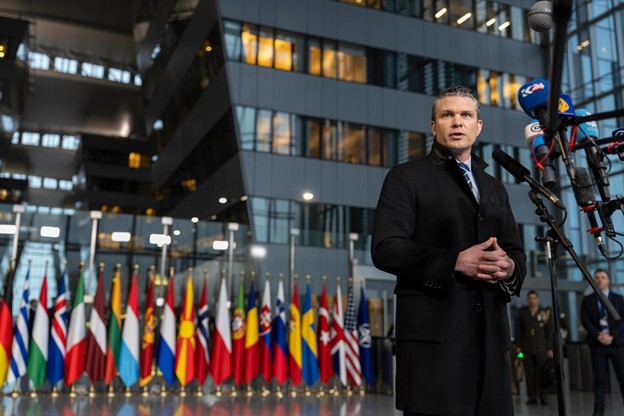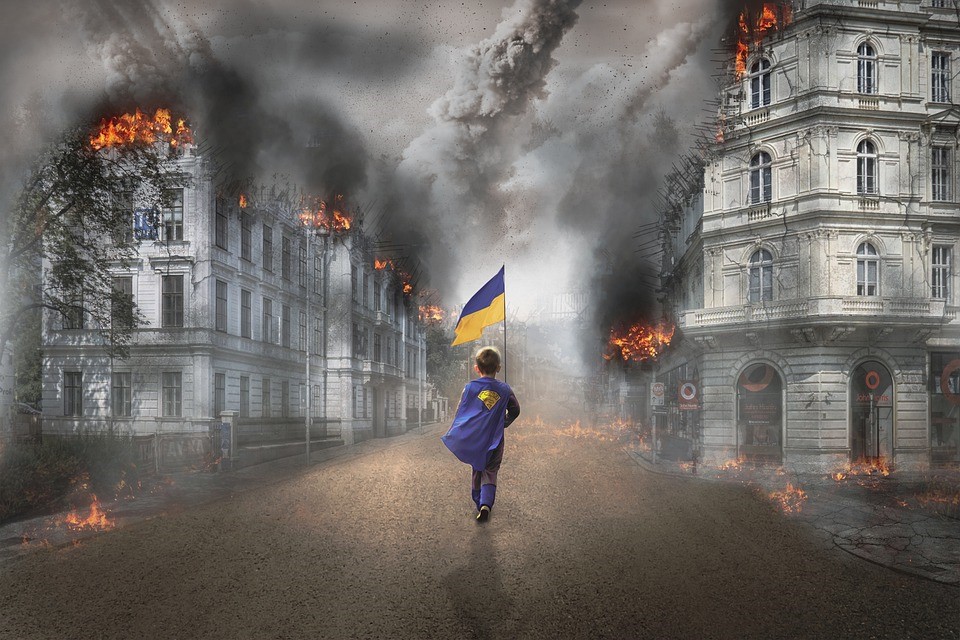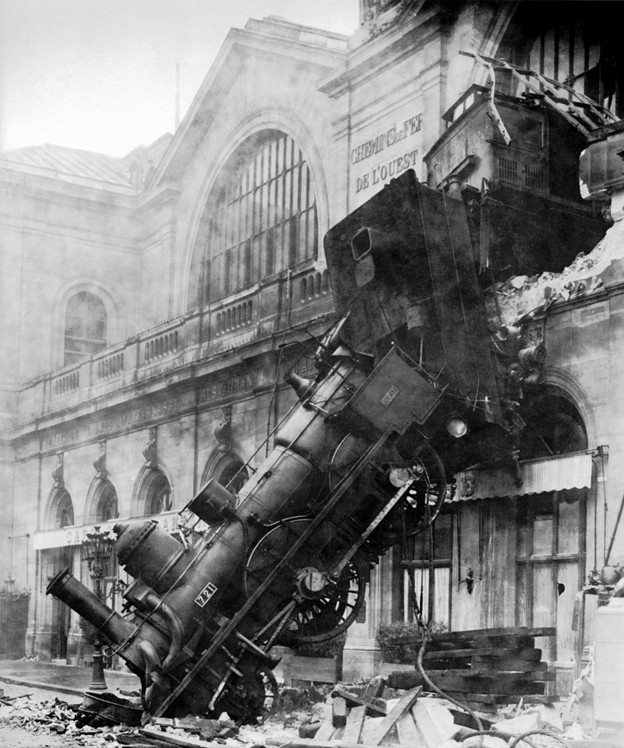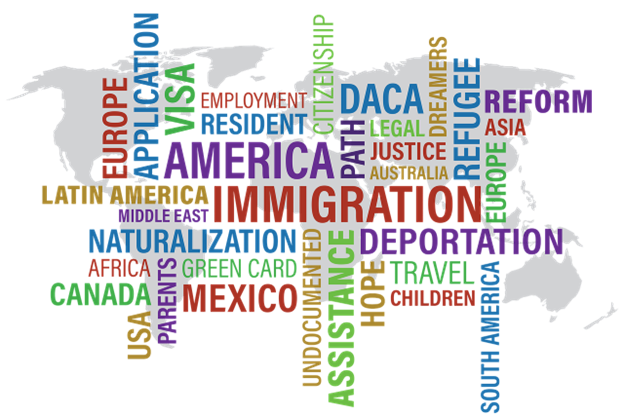Were Democrats right? Was Congressional action the only way to “fix” the crisis at the Southern Border?
Of course not.
On the day of his Inauguration, President Donald Trump signed an Executive Order entitled “Protecting the American People Against Invasion.” “Over the last 4 years,” the Order states, “the prior administration invited, administered, and oversaw an unprecedented flood of illegal immigration into the United States. Millions of illegal aliens crossed our borders or were permitted to fly directly into the United States on commercial flights and allowed to settle in American communities, in violation of longstanding Federal laws…[t]his order ensures that the Federal Government protects the American people by faithfully executing the immigration laws of the United States.”
The Order provides that the “Secretary of Homeland Security shall take all appropriate action to…[ensure] the successful enforcement of final orders of removal.” Further, “the Secretary of Homeland Security shall ensure [the enforcement of] Federal laws related to the illegal entry and unlawful presence of aliens in the United States and the enforcement of the purposes of this order.” Moreover, “[t]he Attorney General, in coordination with the Secretary of State and the Secretary of Homeland Security, shall take all appropriate action to prioritize the prosecution of criminal offenses related to the unauthorized entry or continued unauthorized presence of aliens in the United States.”
The Order also states that “the Secretary of Homeland Security shall promptly take appropriate action…to ensure the efficient and expedited removal of aliens from the United States.”
According to the Congressional Research Service, “[t]he proclamation’s reliance on statutory authorities to suspend legal entry of aliens seems to rest on legal arguments that courts have explored…frequently…[t]he Supreme Court has interpreted the President’s delegated authority…broadly, and Presidents have invoked this authority in a variety of contexts to suspend the entry of certain classes of aliens.” Which is just a roundabout way of saying that yes, the president has the authority to demand that the laws currently in existence be enforced.
What has been the result of this exercise of Presidential power? Let’s ask CBS News.
“The number of migrants crossing the U.S. southern border illegally in President Trump’s first full month in office plunged to a level not seen in at least 25 years, according to preliminary government data obtained by CBS News. [In February 2025] Border Patrol recorded about 8,450 apprehensions of migrants who crossed into the country unlawfully between official entry points along the U.S.-Mexico border, the statistics show. On some days during a record spike in illegal crossings under the Biden administration, Border Patrol recorded more than 8,000 apprehensions in a single day…In January, Border Patrol agents at the Mexican border recorded 29,000 apprehensions, down 38% from 47,000 in December. The drop from January to February was even more pronounced, amounting to a roughly 70% decrease.”
But wait – I thought it was the system that was broken, and only Congress could fix it!
Clearly, all that was needed to “fix” the Southern Border was enforcement of the laws already on the books.
Increased enforcement at the Border itself is only one prong of the Trump Administration’s efforts to control illegal immigration. The removal of illegal aliens, particularly those engaged in criminal activities while in the United States, has also become a priority.
“Federal officers swept into sanctuary cities on President Trump’s first full day in office,” The New York Post reported, “nabbing more than 300 illegal migrant criminals – including an attempted murderer and a child molester – to hold them for deportation…[t]he coast-to-coast dragnet – a multi-agency effort led by Immigration and Customs Enforcement (ICE) – picked up felons in and around Boston, Denver, Philadelphia, Atlanta, Seattle, Washington, DC, and Miami…It was just the start of what border czar Tom Homan has promised will be a renewed effort to boot 700,000 illegal migrants who have committed crimes from the US – and sanctuary cities will not be spared.”
Those Sanctuary Cities don’t plan on giving up their illegals anytime soon. For instance, San Antonio, Texas, claims that “Sanctuary cities offer protection for immigrants who seek the United States in pursuit of the American Dream….this desire to seek safety and bring opportunity into our lives connects us all…Sanctuary cities provide protection and security to undocumented immigrants by forbidding city or law enforcement officials from working with Immigration and Customs Enforcement (ICE) to inquire into the immigration status of individuals.”
As pleasant as these sentiments may sound, according to the Department of Justice, “[f]ederal law provides that state and local jurisdictions ‘may not prohibit, or in any way restrict, any government entity or official from sending to, or receiving from, [federal immigration officers] information regarding the citizenship or immigration status, lawful or unlawful, of any individual.’ 8 U.S.C. § 1373(a).
On this basis, the Justice Department has announced that “Sanctuary jurisdictions should not receive access to federal grants administered by the Department of Justice. The Department will exercise its own authority to impose any conditions of funding that do not violate applicable constitutional or statutory limitations.”
Another element of the Trump Administration’s efforts to halt illegal immigration is outlined in an Executive order entitled “Securing Our Borders.” “Deadly narcotics and other illicit materials have flowed across the border while agents and officers spend their limited resources processing illegal aliens for release into the United States,” the Order states. “These catch-and-release policies undermine the rule of law and our sovereignty, create substantial risks to public safety and security, and divert critical resources away from stopping the entry of contraband and fugitives into the United States. We have limited information on the precise whereabouts of a great number of these illegal aliens who have entered the United States over the last 4 years. This cannot stand. A nation without borders is not a nation, and the Federal Government must act with urgency and strength to end the threats posed by an unsecured border.”
In this regard, “[t]he Secretary of Defense and the Secretary of Homeland Security shall take all appropriate action to deploy and construct temporary and permanent physical barriers to ensure complete operational control of the southern border of the United States.” Further, “[t]he Secretary shall…issue new policy guidance…including the termination of the practice commonly known as ‘catch-and-release,’ whereby illegal aliens are routinely released into the United States shortly after their apprehension for violations of immigration law.”
The Order also provides that DHS shall “[c]ease using the ‘CBP One’ application as a method of paroling or facilitating the entry of otherwise inadmissible aliens into the United States,” and “[t]erminate all categorical parole programs…including the program known as the ‘Processes for Cubans, Haitians, Nicaraguans, and Venezuelans.’”
These directives go far in shutting the door to illegal entry through both our Southern Border, as well as through the Biden Administration’s CBP One on-line app, which allowed “travelers to apply for a provisional [entry visa] prior to arriving at a land border crossing. Travelers who apply for their [entry visa] ahead of time will experience faster processing times to expedite entry.”
What a great idea – allowing prospective immigrants to fill out a form on line to expedite their illegal entry into the country! What could possibly go wrong?
Perhaps the most important Executive Order is the one entitled “Realigning the United States Refugee Admissions Program.” Here, President Trump describes the problem in this fashion; “Over the last 4 years, the United States has been inundated with record levels of migration, including through the U.S. Refugee Admissions Program (USRAP)…The United States lacks the ability to absorb large numbers of migrants, and in particular, refugees, into its communities in a manner that does not compromise the availability of resources for Americans, that protects their safety and security, and that ensures the appropriate assimilation of refugees. This order suspends the USRAP until such time as the further entry into the United States of refugees aligns with the interests of the United States.”
To that end, “[t]he Secretary of Homeland Security shall suspend decisions on applications for refugee status…” However, “[n]otwithstanding the suspension of the USRAP…the Secretary of State and the Secretary of Homeland Security may jointly determine to admit aliens to the United States as refugees on a case-by-case basis, in their discretion, but only so long as they determine that the entry of such aliens as refugees is in the national interest and does not pose a threat to the security or welfare of the United States.”
This action closes the loophole exploited by the majority of illegal aliens who poured through our Southern Border between 2020 and 2024. Rather than accept all claims of refugee status at face value, these claims will now be examined on a case by case basis, with an eye towards admitting people who do not pose a threat to our country.
Naturally, the challenges to these changes in immigration policy are only beginning. But the initial results are encouraging. For instance, according to the ACLU, “[o]n January 20, 2025, shortly after his inauguration, Donald Trump turned off the app [CBP One] which had allowed a limited number of people to make appointments to come to the border and apply for asylum. People who had made appointments months before were turned away that afternoon. On January 23, we filed a motion for a Temporary Restraining Order on behalf of the individual plaintiffs in our case, whose January 25 appointments at the border had been cancelled. We asked that they be allowed to present themselves at the border, apply for asylum, and be paroled into the United States while their claims were adjudicated. On February 6 the court denied that motion on the ground that it had no power to order the parole of anyone into the United States.”
Further, sanctuary cities are fighting back against the suspension of their federal funding. As described by media outlet The Center Square, “[t]he city of Seattle is joining in a lawsuit against President Donald Trump’s administration for implementing federal policies that target jurisdictions protecting illegal immigrants. The lawsuit was initially filed on Feb. 7 and spearheaded by the County of Santa Clara and San Francisco. King County was the first jurisdiction to join the lawsuit alongside…Portland, Ore., and New Haven, Conn. The lawsuit relates to a Trump-issued executive order and a U.S. Department of Justice memorandum withholding funds and pursued enforcement actions against jurisdictions with policies that limit cooperation with federal immigration authorities.”
However, the Trump Administration is also fighting to enforce its policies. ABC News reports that “[t]he Justice Department is taking legal action against the state of New York and Gov. Kathy Hochul…over its alleged resistance to supporting the Trump Administration’s crackdown on illegal immigration…[Attorney General Pam] Bondi said the lawsuit was centered around New York’s Green Light Law that she claimed prohibits the state’s sheriff’s department and other agencies from sharing motor vehicle data with federal authorities for purposes of immigration enforcement.”
New York is not the only Sanctuary state or City being sued by the federal government. According to Reuters, “[t]he U.S. Justice Department sued the state of Illinois and city of Chicago…seeking a court order blocking…several Illinois and Chicago laws that ‘interfere with and discriminate against’ [federal] immigration policies. The lawsuit said sanctuary laws such as the Illinois TRUST Act, which prevents state and local law enforcement from assisting federal civil immigration enforcement, violate the U.S. Constitution’s ‘Supremacy Clause’ that states that federal law preempts state and local laws that may conflict with it.”
Regardless of these efforts to either protect or challenge the Biden Administration’s status quo on immigration, President Trump’s actions to control illegal immigration are wildly popular. The Pew Research Center notes that “[t]here is widespread public support for the ramp-up of deportations. A majority of Americans also approve of an increased military presence at the U.S.-Mexico border, which is another component of Trump’s executive actions… 59% of U.S. adults say they approve of Trump increasing efforts to deport people who are living in the U.S. illegally, including 35% who strongly approve… 47% approve of Trump’s plans to cut federal funds to cities and states if they do not help federal deportation efforts. Another 52% disapprove of this… 44% approve of the administration suspending asylum applications from people seeking to live in the U.S, while 55% disapprove.
Of course, these results generally depend upon which party you belong to. “74% of Republicans and Republican-leaning independents say the Trump administration is doing the right amount to deport immigrants who are in the U.S. illegally. Another 12% say it’s doing too little and 13% say it’s doing too much. By comparison, 73% of Democrats and Democratic leaners say the administration is doing too much on deportations, 21% say the administration’s approach is about right, and just 4% say it’s doing too little.”
It remains to be seen if the Courts are as enthusiastic about the return to Common Sense immigration policies as is the majority of the public. But so far, the early results are encouraging.
Judge John Wilson served on the bench in NYC
Illustration: Pixabay









